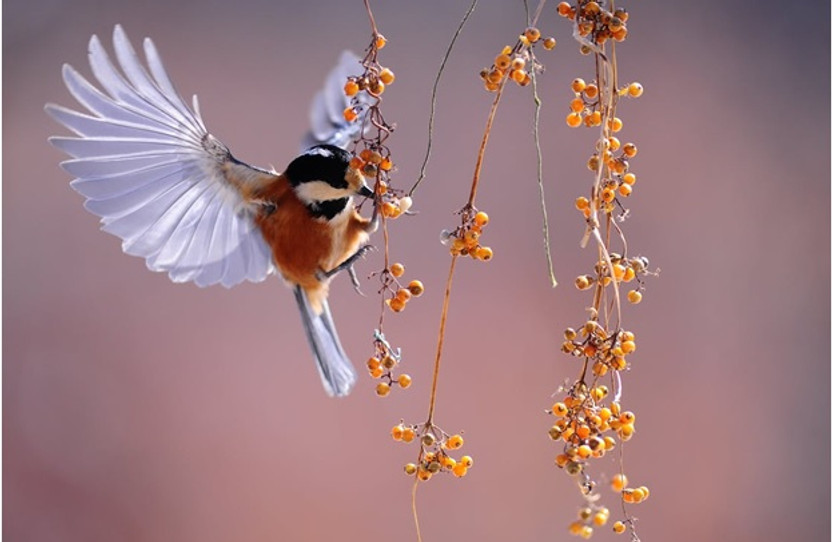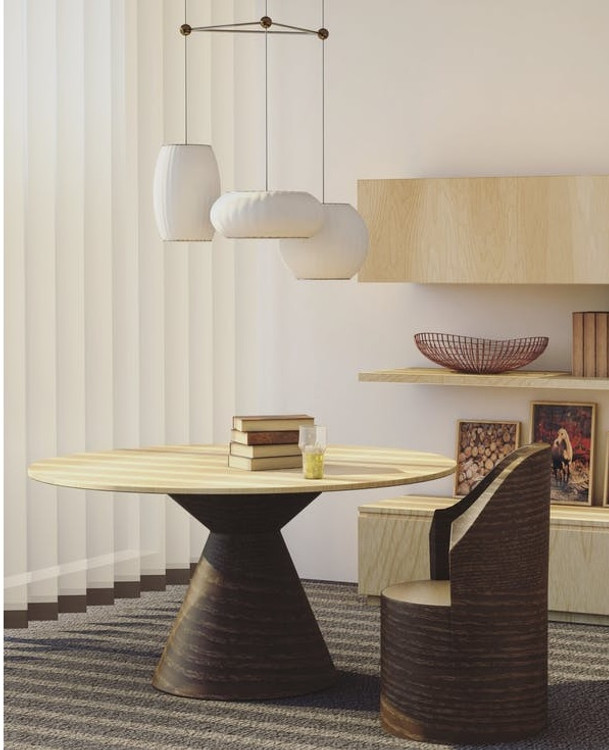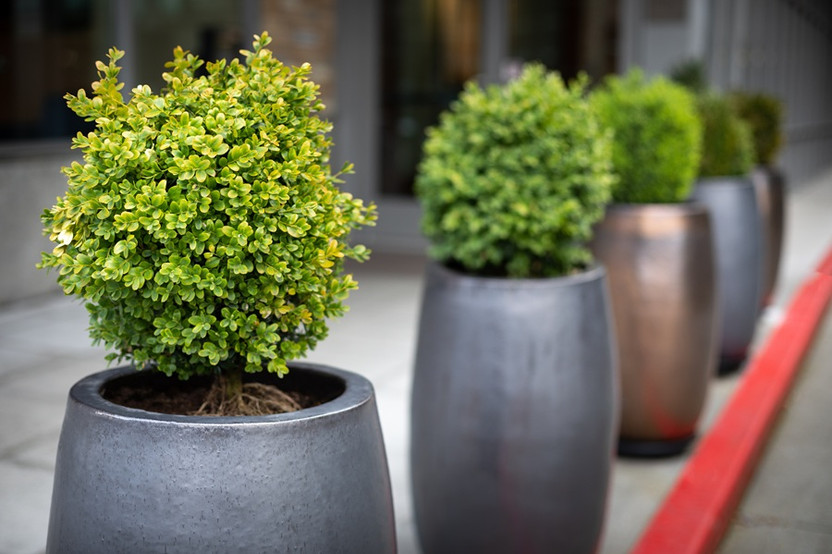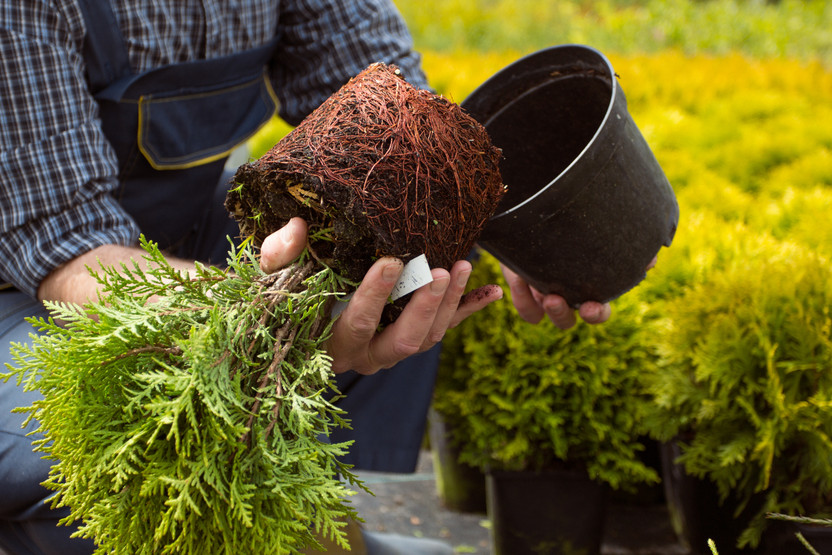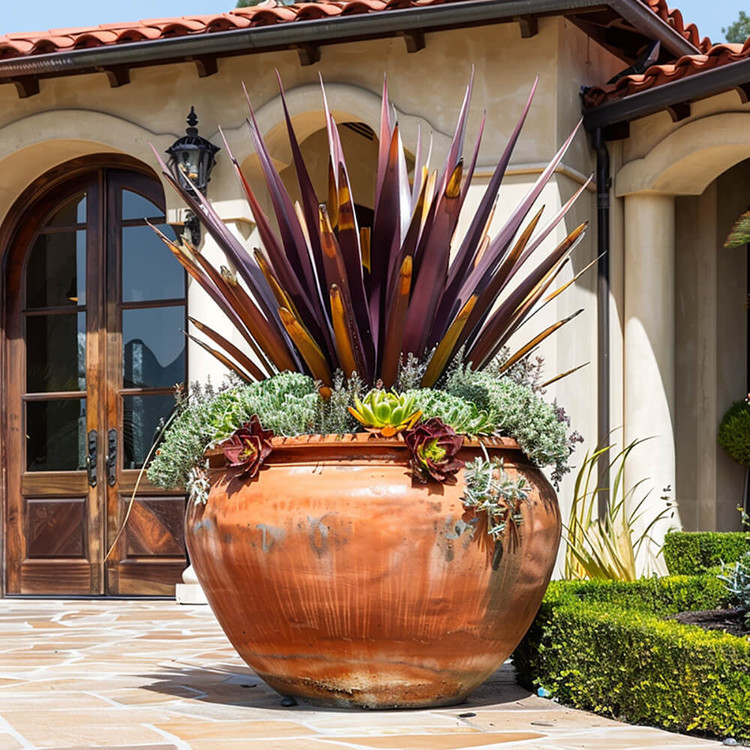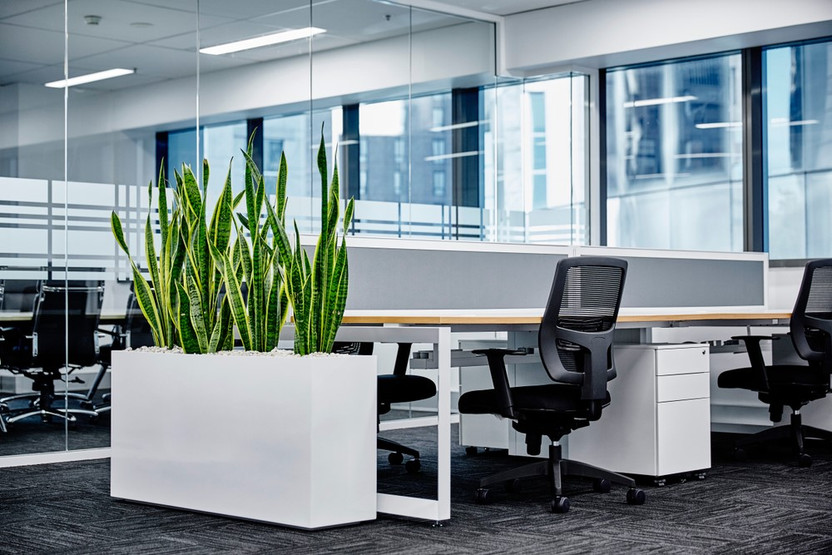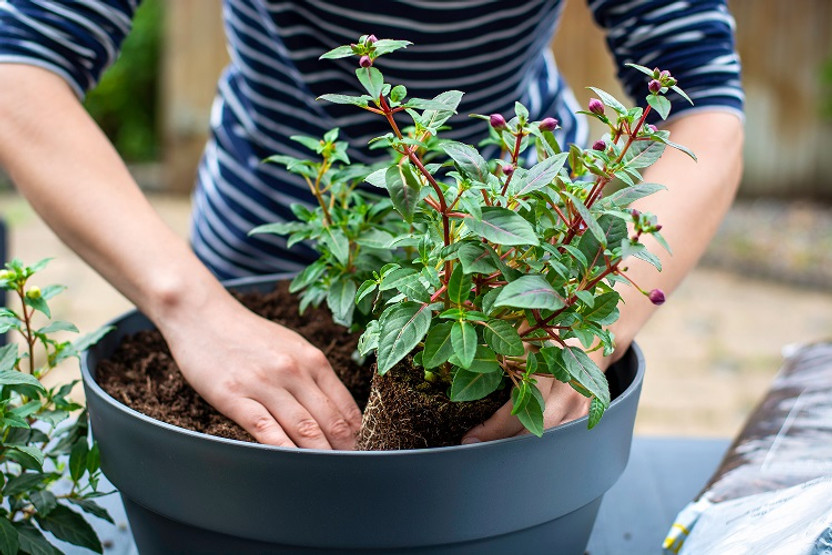Pots & Planters Blog | Pots Planters & More
Event Decor: How to Transform Any Venue with Plants and Planters
Posted by Jason Wyrwicz on Jan 13th 2026
Indoor Oasis Made Easy: The Ultimate Guide to Planters, Plant Selection & Layout Design
Posted by Jason Wyrwicz on Jan 13th 2026
Best Trees for Pots + How to Plant and Care for Them
Posted by Jason Wyrwicz on Jan 12th 2026
Garden & Landscape Design Ideas: Expert Tips, Styles, and Inspiration for Every Outdoor Space
Posted by Jason Wyrwicz on Jan 12th 2026
Decorating Hotel Rooms: Top 3 Benefits of Indoor Plants
Posted by Jason Wyrwicz on Jan 12th 2026
Container Ideas for Shaded Spaces: The Best Plants, Designs & Tips for Stunning Shade Gardens
Posted by Jason Wyrwicz on Jan 12th 2026
Wildlife-Friendly Landscape Design From Scratch
Posted by Jason Wyrwicz on Nov 29th 2025
Stylish Landscaping Ideas for Apartments & Hotels: Using Planters to Create Impactful Green Spaces
Posted by Jason Wyrwicz on Nov 29th 2025
Geometry in Interior Design: Shapes, Style & 2026 Trends
Posted by Jason Wyrwicz on Nov 29th 2025
Bromeliads Uncovered: The Complete Guide to Growing, Caring & Propagating These Tropical Beauties
Posted by Jason Wyrwicz on Nov 29th 2025
Workplace Wellness Starts Here: Office-Friendly Plants You’ll Love
Posted by Jason Wyrwicz on Nov 29th 2025
The Complete Planner’s Handbook to Planter Materials
Posted by Jason Wyrwicz on Nov 25th 2025
Self Watering Planters 101: How They Work And Who They Are Perfect For
Posted by Jason Wyrwicz on Nov 25th 2025
How to Fill a Large Planter (And What to Put in the Bottom)
Posted by Jason Wyrwicz on Nov 25th 2025
The Ultimate Guide to Office Plants and Planters
Posted by Jason Wyrwicz on Nov 25th 2025
Ultimate Guide to Planting, Caring for, and Combining Plants in Containers
Posted by Jason Wyrwicz on Nov 25th 2025






